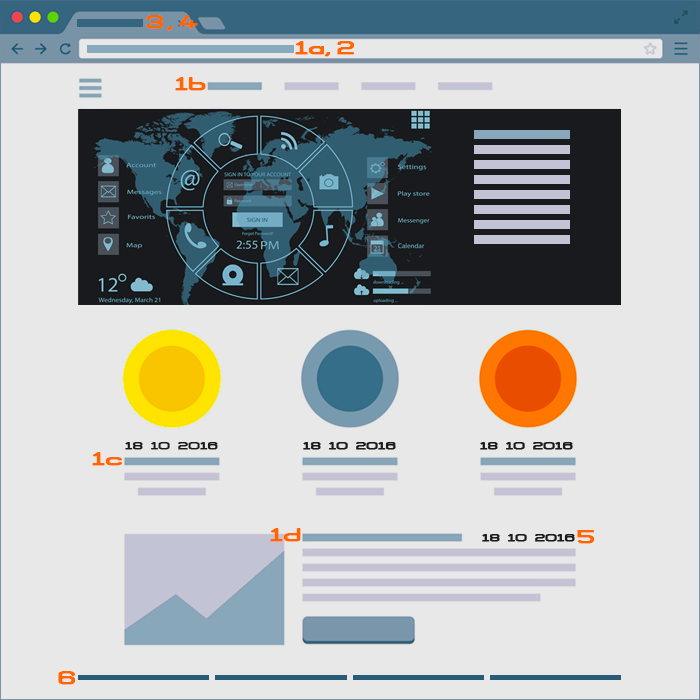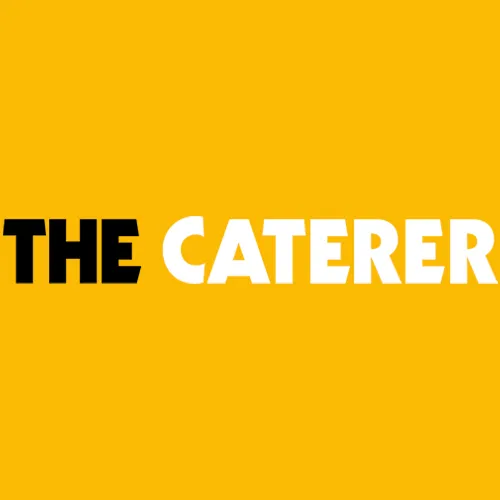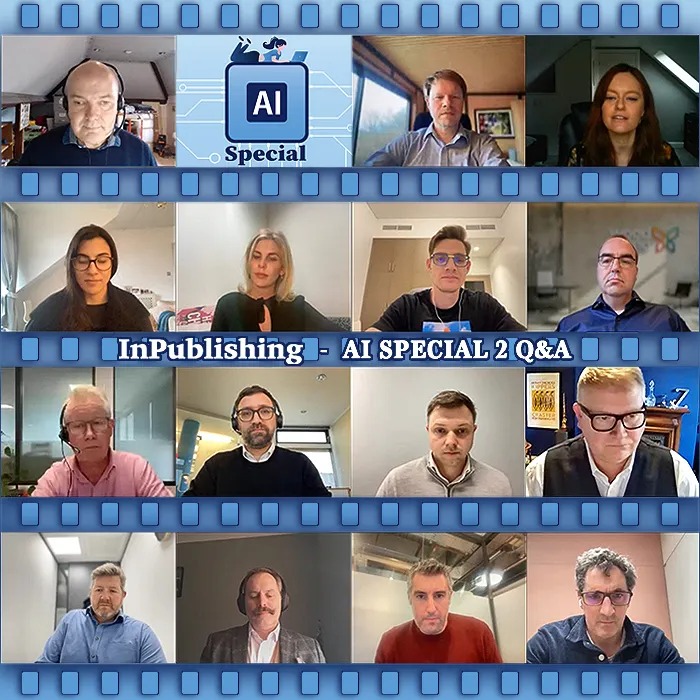A Short Primer on Organic SEO

Nobody said it was going to be easy, and yes, SEO success needs to be built up over time - like momentum. This feature is wholly on naturally aspirated SEO, with no application of ’Nitro’ (AKA PPC), you can however apply ’Turbo’ and ’Compressor’ dynamics in how you create and structure your content, and funnel users through your site with appropriately labelled signposts.
The process is largely about structural consistency with an end-goal of achieving critical mass. You do this by finely honing in on the Key Themes and Schemes of your site - and reinforcing and repeating those down from the main domain name and top navigation Channels and right through the levels of the hierarchy - encompassing the repeated key phrases throughout the body content as well as H1 - H4 Titles.
At the start you need to create a detailed Taxonomy of keywords and key phrases - with a view to what are the most likely customer search strings. These then need to be applied throughout the structure as mentioned above. How you group and reinforce these is key, and Topic Hubs and strategic listings will boost SEO by maximising on keyword density.
So you can build the most perfect SEO-optimised site, but you won’t succeed unless you ongoingly keep your content current and relevant, and manage to attract and retain significant onsite traffic. So you need to think about feeder sites and affiliate sites dynamics - in terms of where your likely audience resides, and how you get them to come to you.
The following 12 points encapsulate the key elements that are required for Organic SEO Success:
- 1a] Domain Name / Root URL - Either Brand Name or SEO-Relevant Category Term, sets the ’Theme’ for the site, and triggers the Taxonomy
- 1b] Site Structure - Keyword Reinforcement level 2 of Domain Theme, top level navigation Channels - set out the full context of the site
- 1c] Section / Category Titles - Keyword / Structure Reinforcement level 3 of Domain Theme, the key topic categories which content is sorted into - containers / bins
- 1d] Content Titles - Header Classes H1-H4, Keyword Reinforcement level 4 of Domain Theme
- 2] User-friendly URLs - for better Searchability
- 3] Page / Channel Title - Short Page Description which appears in brower tab
- 4]Channel Meta Description - Longer Description / short paragraph appears on Google etc. results to give context to Site Areas / Key Channels
- 5] Currency / Date Stamps - Crucial for ensuring high SEO - indication that content is recent and relevant - make sure you display dates on all key content - news and features
- 6] Reciprocal Links - Links to and back from absolutely relevant affiliated sites to encourage cross-over, and boost networking strength
- 7] Repetition and Reinforcement - Repeating key themes by use of same keywords and key sentences / phrases - right through the hierarchy and content
- 8] Traffic - Numbers of Users on Site and on Key Pages / Hubs
- 9] Critical Mass - Number of Articles matching key relevant search-strings - long-tailing - landing pages, hubs etc.
- 10] Automated Google Sitemaps - Automatic collation and submission of Affino site structure
- 11] SSL Certification - Ensures better ranking - several search engines, including Google give preference to HTTPS pages
- 12] Responsive-Design - Ensures better ranking - most search engines, including Google give preference to Responsive-optimised pages

Did you find this content useful?
Thank you for your input
Thank you for your feedback
Upcoming and Former Events
Affino Innovation Briefing 2024
Webinar - Introduction to Affino's Expert AI Solutions - Session #2
Webinar - Introduction to Affino's Expert AI Solutions - Session #1
PPA Independent Publisher Conference and Awards 2023
Meetings:
Google Meet and Zoom
Venue:
Soho House, Soho Works +
Registered Office:
55 Bathurst Mews
London, UK
W2 2SB
© Affino 2025




















